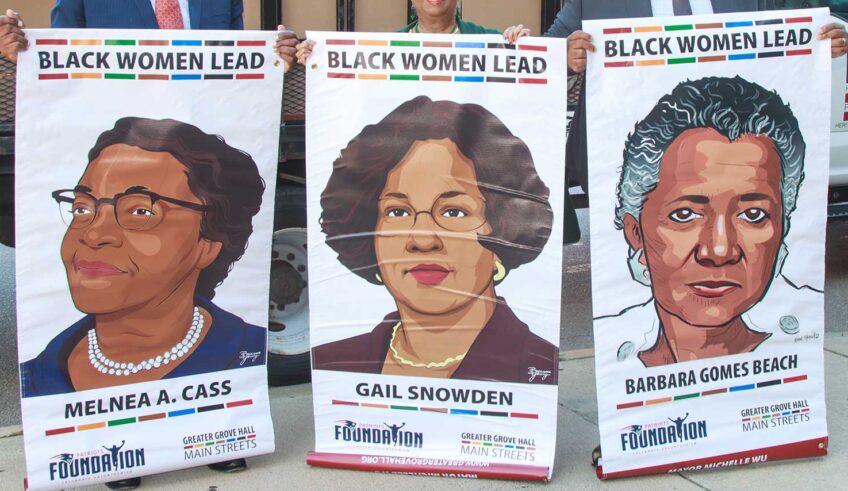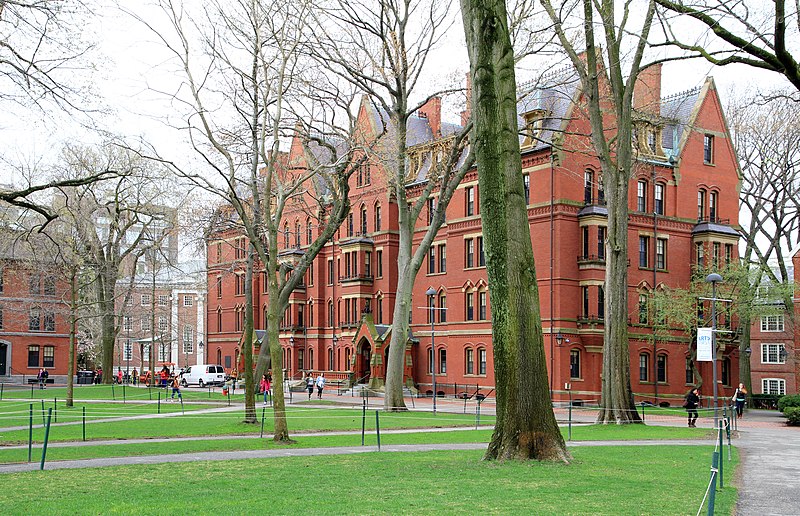“Green Book” is the title of a movie currently in theaters. Those of the younger generation will undoubtedly have little idea what “Green Book” means. It refers to a booklet first published in 1936 and not discontinued until 1967. The 1960 edition is titled, “The Travelers’ Green Book: Guide for Travel and Vacations.”
Innocent enough. The graphics on the cover go on to suggest the booklet is a listing of “hotels, motels, restaurants, tourist homes and vacation resorts” in the United States, Canada, Mexico and the Caribbean. Quite comprehensive. No doubt a very useful aid for planning wonderful trips.
But why was there a drawing on the cover of a young male with a happy disposition whose ethnicity was obscure but suggestive of a person of color by its shading? And why in small print at the bottom of the cover was the advice provided or even necessary?
“Carry your Green Book with you… you may need it!”
The booklet’s publisher, Victor H. Green, provides an initial answer in the introduction:
“The idea of The Green Book is to give the Motorist and Tourist a Guide not only of the Hotels and Tourist Homes in all the large cities, but other classifications that will be found useful wherever he may be. Also facts and information that the Negro Motorist can use and depend upon.”
What other facts and information? Less conspicuously, the author Mr. Green offers us another, yet still gentile, reason for this travel guide: to avoid the “unpleasant embarrassments” black travelers risked traveling throughout America.
What unpleasant embarrassments? Green was silent on the answer to this question, but other black folks who used the guide were aware of what was involved. It could be the difference between a hot meal or the “embarrassment” of a vicious beating.
Below the bland introduction lies the truth. “The Green Book” was far more than a simple guide book. For black folks it was a map for safe passage through America. For thirty years, it served as a latter day Underground Railroad, illuminating for families of blacks seeking to enjoy travel without incident a route from safe-house to safe-house with welcoming places to eat along the way.
It also revealed the truth that this was not simply a guide for passage through the South. In 1960, my home town of Dayton, Ohio was among scores of Northern cities listed in “The Green Book.” My heartland town had three recommended places: the Thomas Hotel, Mr. Lawrence’s “tourist home” and the YMCA, all in the segregated west side of town. There is a good chance your hometown is in “The Green Book” too.
“The Green Book” raises the provocative question: Why was it needed in the first place?
The answer becomes increasingly uncomfortable. It untangles myth from fact and reveals truths about how we as a nation systematically undermine our cherished claim that we declare is self-evident: that all men are created equal, and are to be treated equally as well.
“The Green Book” should not have been needed at all.
Its very existence spoke volumes about structural racism woven tightly into the fabric of America. And yet while it represented only a microcosm of the daily life challenges facing black folks and other people of color, “The Green Book” was most significant because it was tangible, visible, undeniable evidence of this truth. More than a guide, more than a map, “The Green Book” was an indictment of America’s willingness to let racial inequities persist, even though institutions were charged with erasing them.
Now archived in libraries and stored as memorabilia of a time past, “The Green Book” has passed into history, but structural racism has not. A persistent, truth-seeking set of questions will manifest the evidence of its existence today time and time again. Questions about our social organizations — schools, neighborhoods, and government policy. Questions about business — employment, benefits and boards. Questions about money — who has it, who has access to it and why.
If we agree that structural racism exists in America today, then what are we doing about it? The problem is so endemic and the challenge so great that the solution requires the building of a race equity culture. This is much more demanding than the publication of a carefully worded guide book.
Edward Dugger III, President, Reinventure Capital






